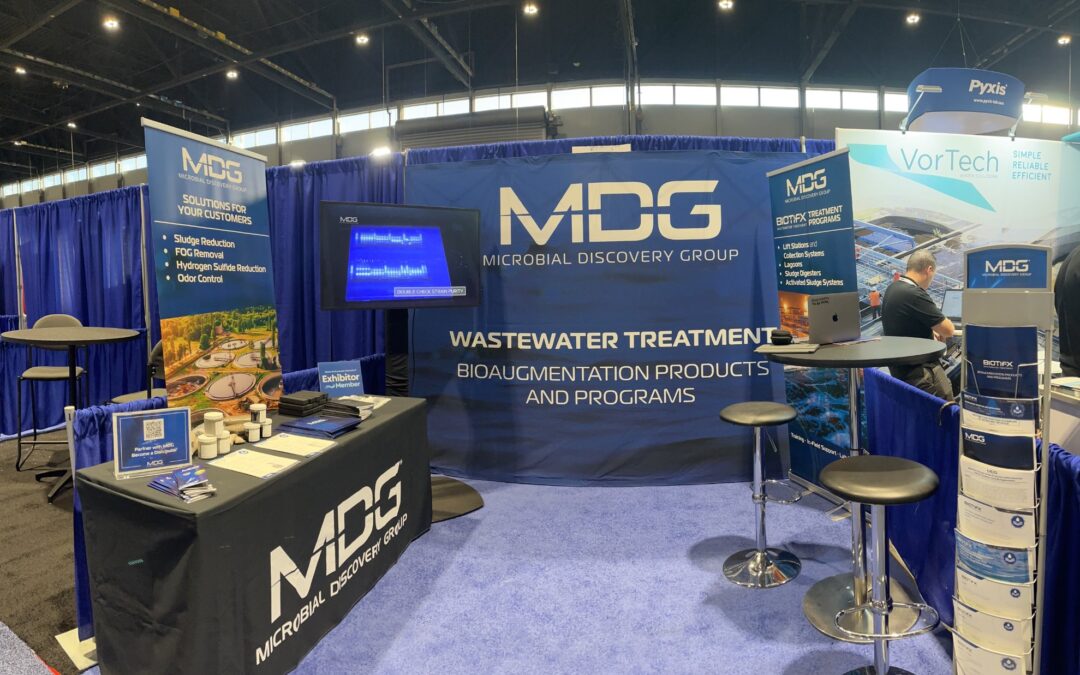Ever since the invention of the urinal back in 1886, facilities have been battling unwanted odors. To combat the smells, facilities have tried many different treatments… some more beneficial than others. You might have noticed, a common technique amongst bars and restaurants is to fill the urinal with ice.
The Rational Behind Ice in Urinals
The rationale behind the ice method is logical but unknowingly, not directed at the true cause of the odors. The belief is that the smell from the restroom is due, in part, to lack of flushing. Ice is loaded in and slowly melts, providing a constant flow of water through the urinal. While having a consistent water flow can help keep drains running smoothly, most odor-causing bacteria are hiding somewhere other than the drains. Our most recent article on tile and grout odor explained that when urine splashes onto the floor, the porous surfaces of tile and grout catch and accumulate urine and urea. This leads to the strong ammonia odor that is commonly emanating from public facilities.
Ice Causes Liquid to Splash onto the Floor
While facility managers have the best intentions in mind, they may not be aware that the ice can be contributing to the unwanted odors. Instead of having an empty urinal that is designed to reduce splashing, there is now ice that increases the splashing onto the tile and grout around the urinal. Yikes! The more splashing, the more odors… luckily, that’s a cycle you can help stop for your customers.
Bacillus Seek Out Ammonia for Growth
Facility owners need a solution that can get deep into the surface pores and reduce the amount of odor-causing bacteria; and that’s where Bacillus come into play. Bacillus cleaners seek out the ammonia and assimilate it for their growth and spore coat production. Interested in reading more about how this works? Check out our recent article on the difference with Bacillus.










